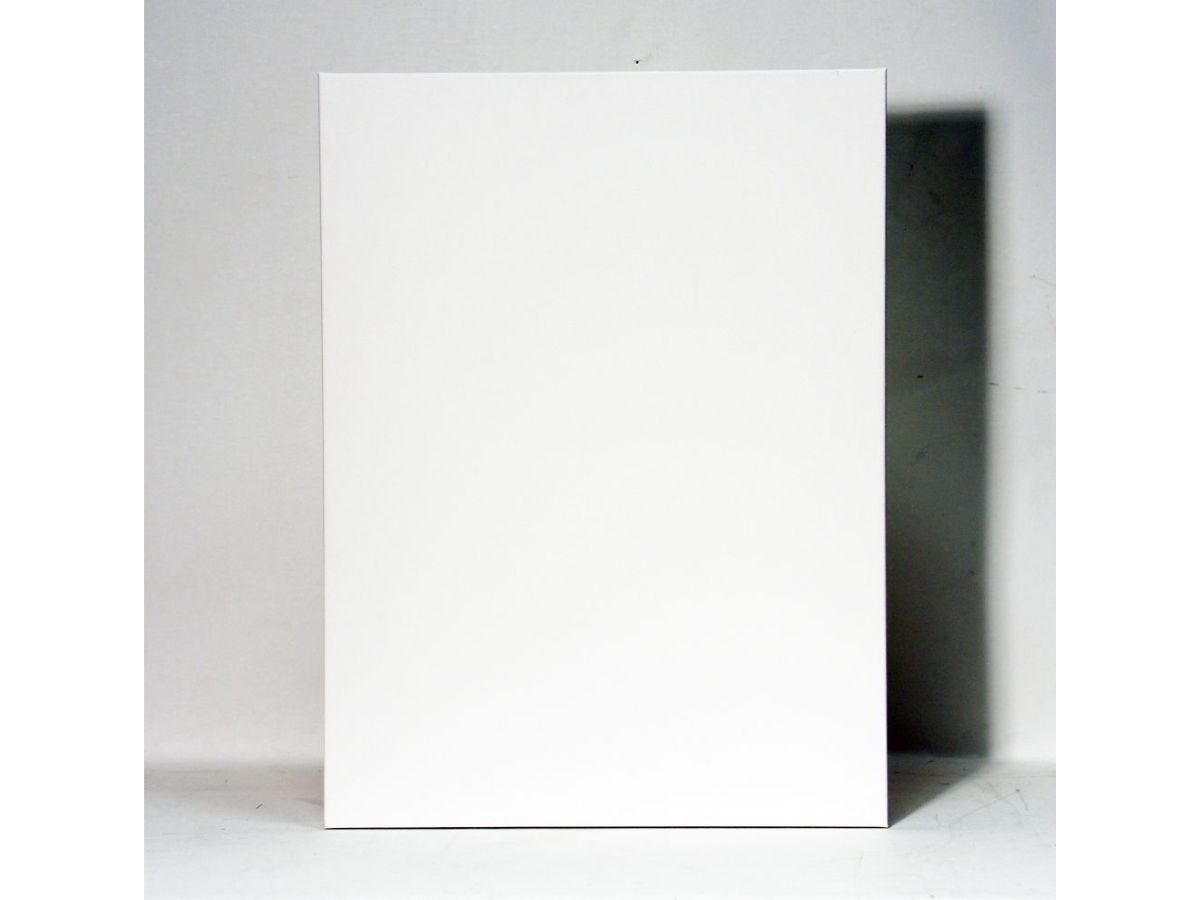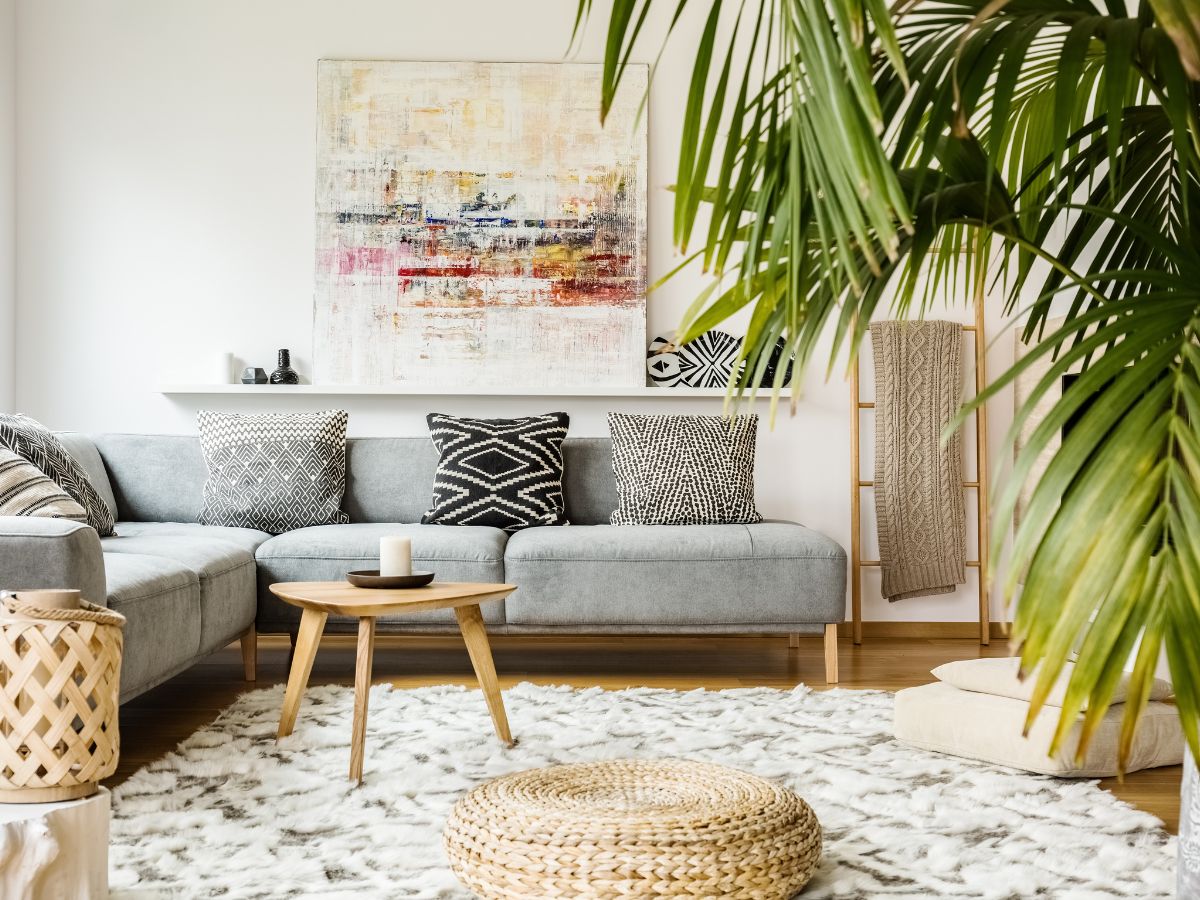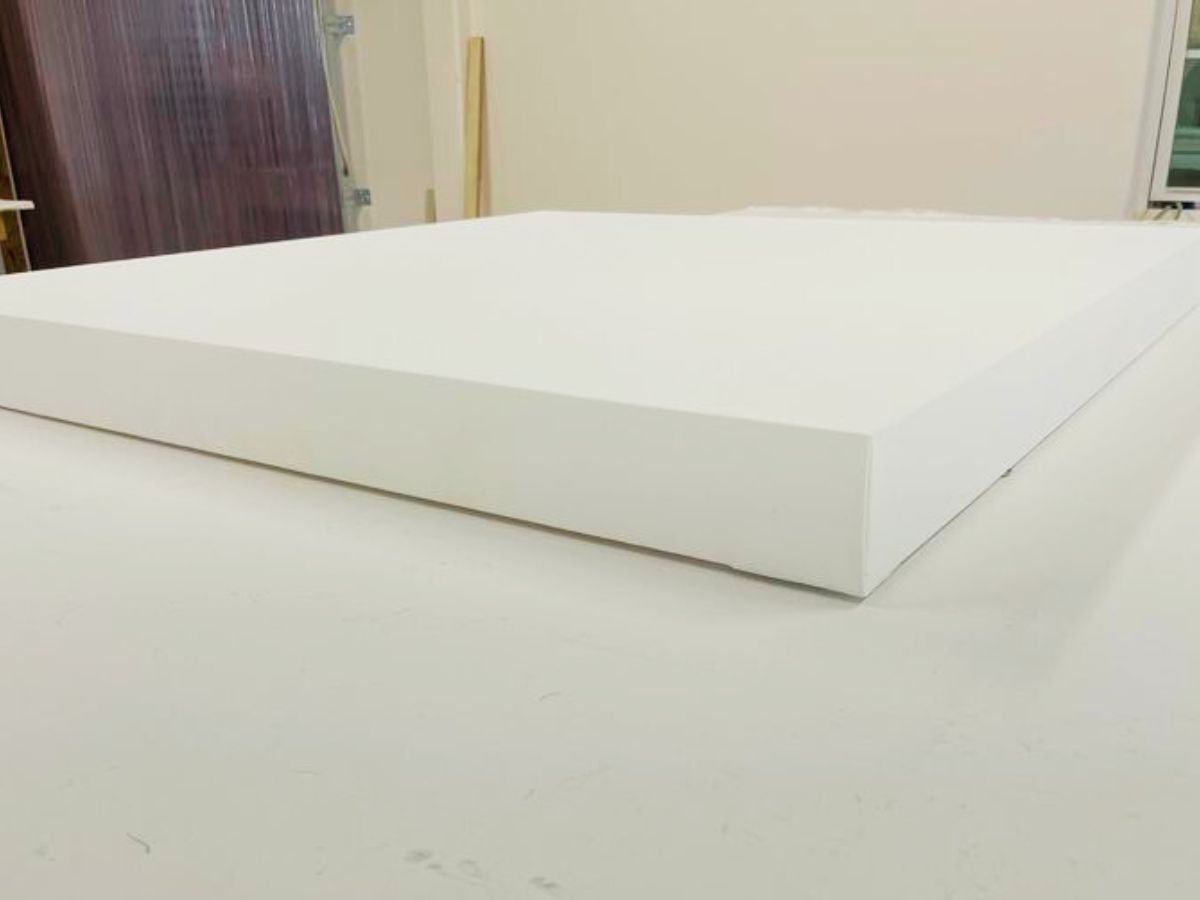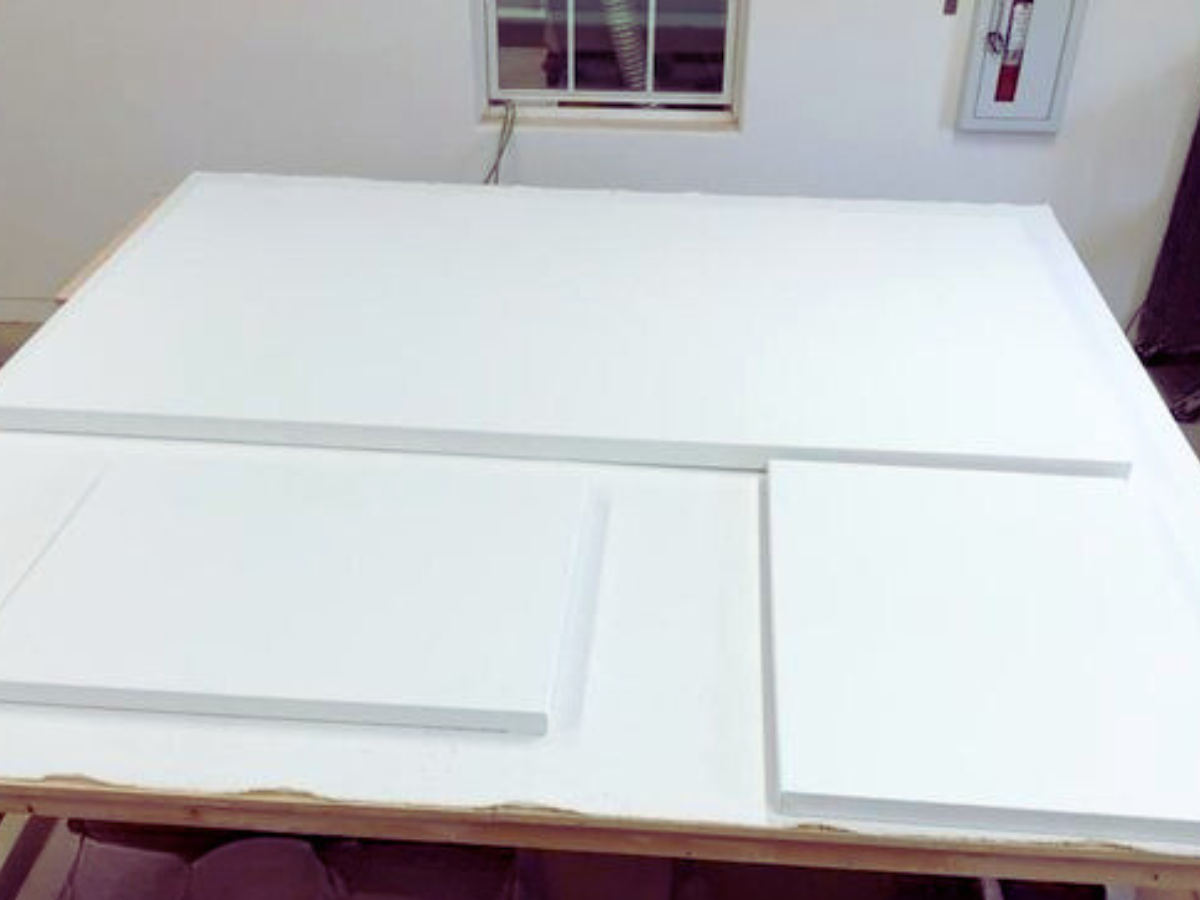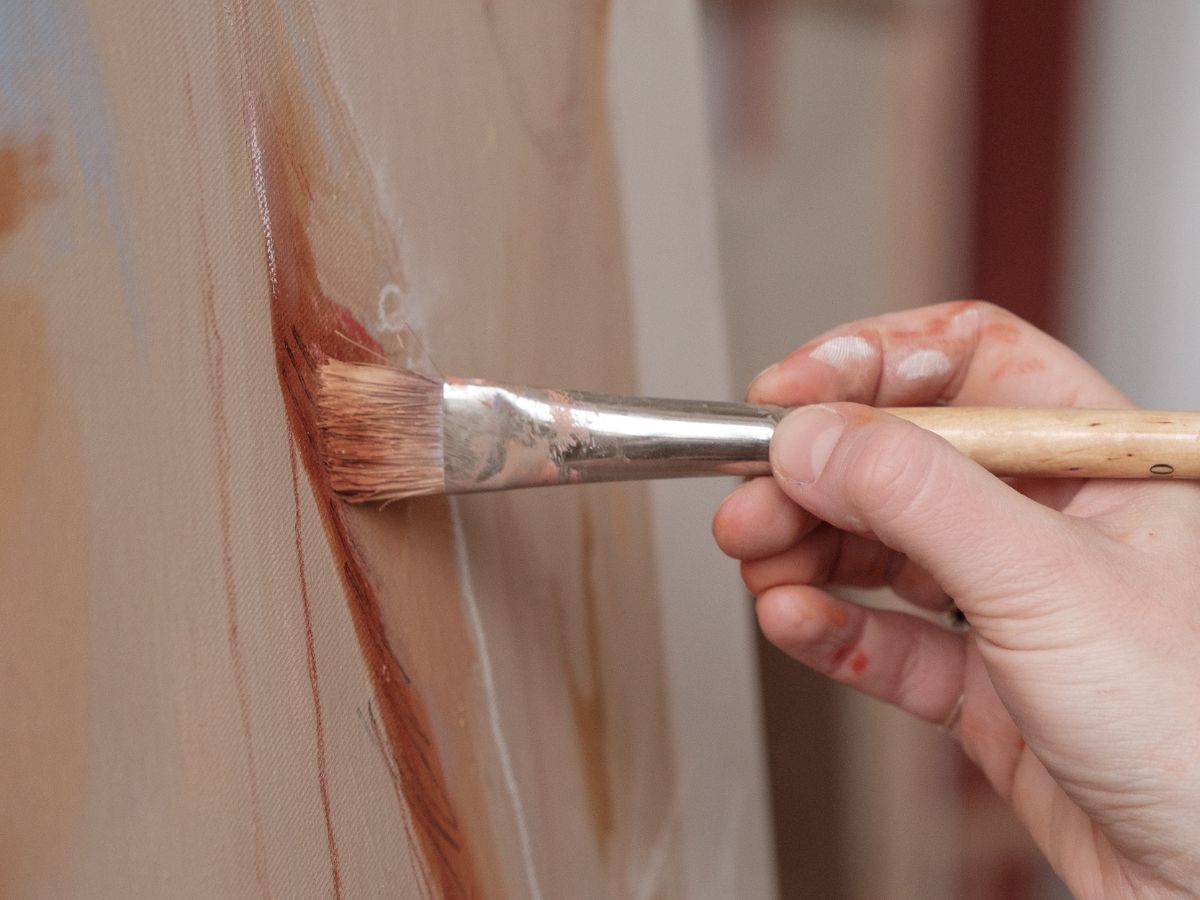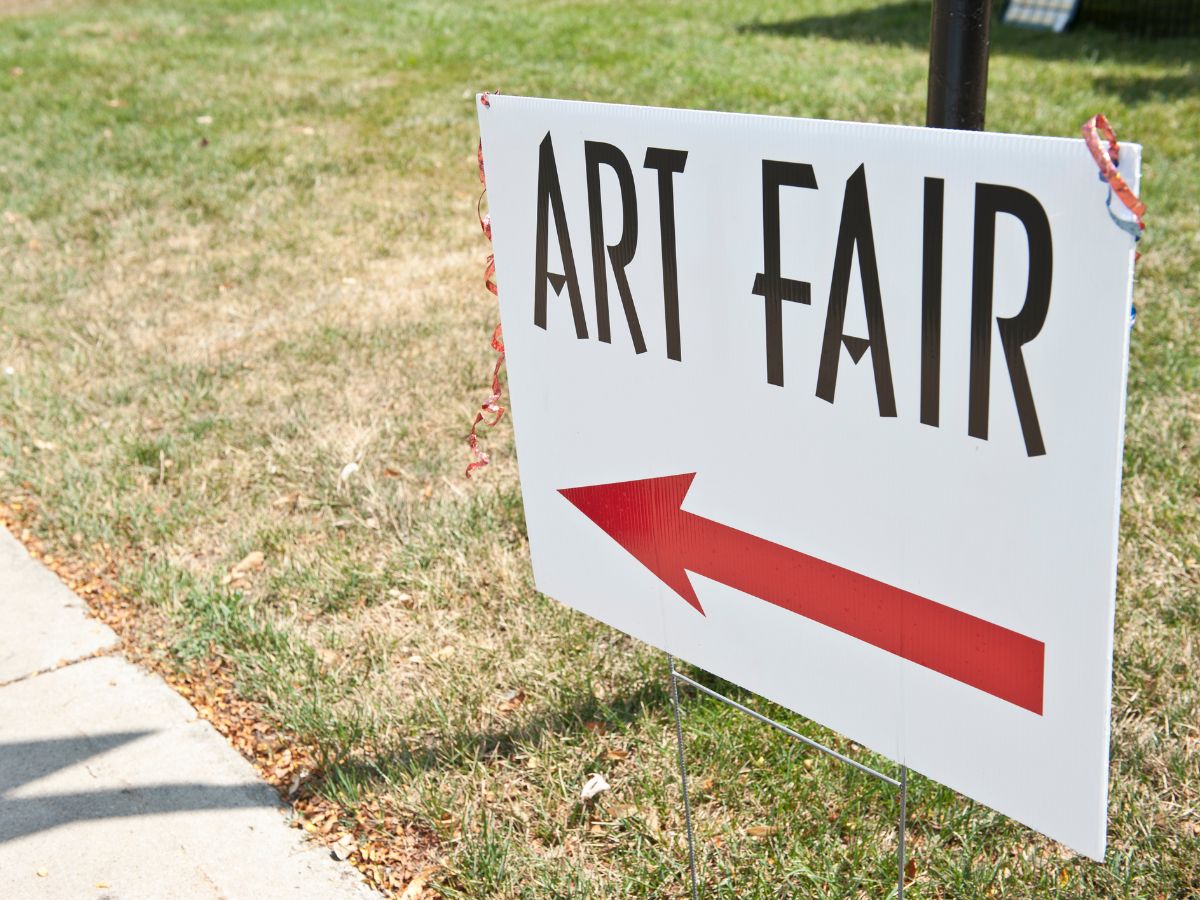
How Painters Secure Commission Projects
Navigating the world of art commissions can feel intimidating, but with the right strategies, you can turn your passion into a thriving business. Here are some practical tips to help you land those coveted commission projects.
